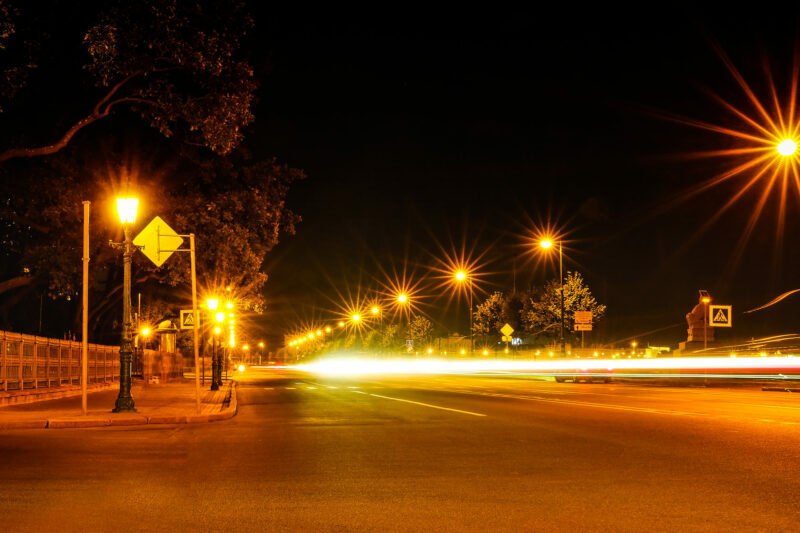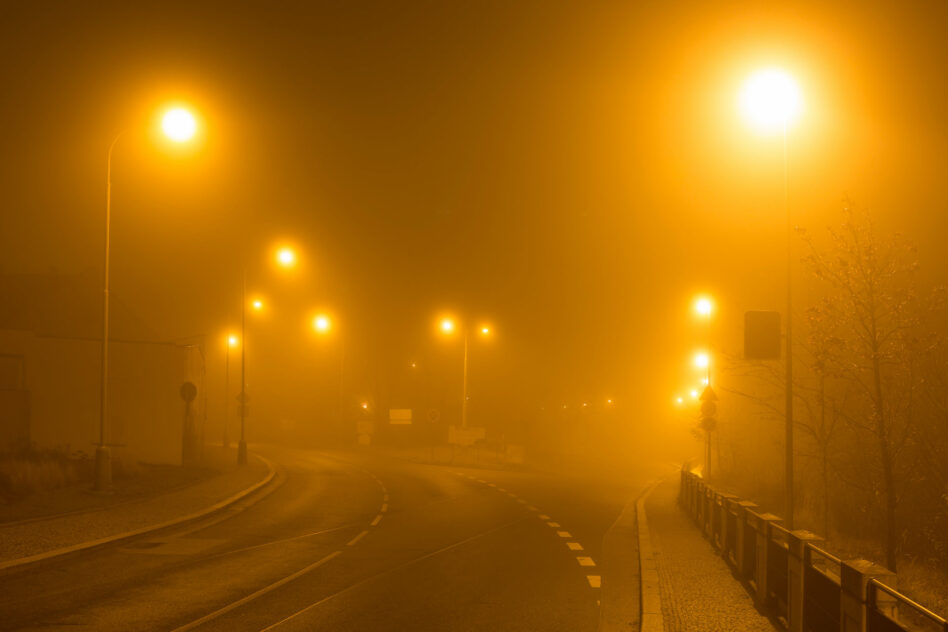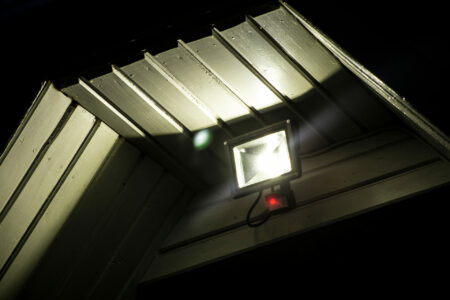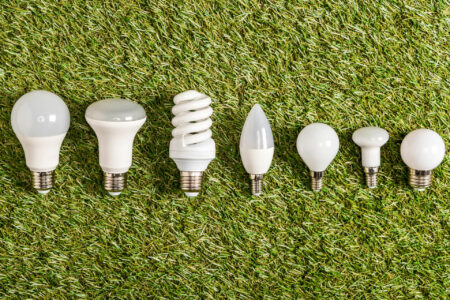Have you noticed the color of streetlights while driving at night? Depending on the location of the roads you are trudging and when you did the observation, streetlights vary from yellow or orange to white or blue, or even purple. Let’s see why streetlights are yellow, and how they evolved to be this way.
Why Are Most Street Lights Yellow?
Most streetlights are sodium vapor lights, which emit a soft yellow color. That’s why you often see yellow color on the streets instead of white. But why are sodium vapor lights used for illuminating streets? Apparently, yellow lights are better for our eyes.
Yellow streetlights, or the warmer or amber streetlights, have been found to have a less negative impact on our eyes in contrast with the traditional white streetlights. The yellow light has a lower correlated color temperature (CCT) of around 2700K, which means it emits less blue light.
Why Is Blue Light Bad for Us?
Blue light, with CCT of around 5000K, has been found to interfere with the production of melatonin, or the hormone that regulates our sleep-wake cycle, the key driver of our biological clock. That’s why people find it hard to sleep after being exposed to blue light at night.
That’s also why medical experts opposed the use of LED lights in streets. In a 2016 statement, the American Medical Association (AMA) recommended the use of street lights with a color temperature (CT) lower than 3000 Kelvin (K).
High color temperature damages the retina of the human eyes, which might result in macular degeneration, an increase in free radicals, and myopia.
AMA also claimed that the blue light emitted by first-generation high-intensity LEDs can affect the circadian sleep rhythms of humans, which may lead to shorter sleeping time, sleep disruptions, low daytime productivity, and obesity.

History of Street Lighting
Before electricity was invented, the fire was used to illuminate the darkness. Ancient civilizations used torches as oil lamps around 4500 B.C., and 1500 years later, candles were introduced.
By 1792, William Murdoch had invented the gas light which combined coal gas with oxygen to produce carbon dioxide, water vapor, heat, and light, and lighted the streets of Paris and London in the 1800s.
However, the impracticality of gas lights and the harmful effects of carbon monoxide on humans led to the invention of electric light bulbs developed by scientists like Alessandro Volta, Humphrey Davy, Warren de la Rue, Joseph Swan, Thomas Edison, and William David Coolidge in the years that followed.
By the turn of the 20th century, street lamps were already replaced by electric light bulbs. As we continue to find ways to improve things, the 1930s saw the introduction of the sodium vapor gas-discharge lights, which at that time, were the most efficient.
Sodium Vapor Gas-Discharge Lights
There were two types of sodium vapor gas-discharge lights:
- the Low-Pressure Sodium (LPS) Lamp
- the High-Pressure Sodium (HPS) Lamp
The main difference between LPS and HPS is the intensity of the operating pressure inside the lamp, the HPS operates at a higher internal pressure than the LPS.
Sodium vapor lights have arc tubes made of aluminum oxide with sodium metal combined with other elements, like mercury and xenon in HPS, that counterbalance the yellow glow with emissions of white to light blue colors.
The HPS is used more because of its higher luminosity, power efficiency, fog permeability, and longer life. Below is a table of different types of bulbs showing the average rated life and lumens per watt of each:
| Type of Bulb | Average Rated Life | Lumens per Watt |
| Incandescent | 750 hours to 2,000 hours | 12 to 18 lumens per watt |
| HPS | 20,000 hours to 24,000 hours | 80 to 140 lumens per watt |
| LED | 40,000 hours to 50,000 hours | 30 to 90 lumens per watt |
| Halogen | 2,000 hours to 4,000 hours | 10 to 20 lumens per watt |
HPS performs better than the rest, having seven times more lumens per watt than incandescent bulbs and longer life of 24,000 hours. It also consumes less power. Moreover, it produces yellow light, which is comfortable for the human eye.
LPS, on the other hand, contains argon and neon gas, which when passed through a current, increases in temperature and vaporizes the sodium to produce the yellow-orange light.
There are many other advantages of using sodium lights aside from being gentle on the human eye. Sodium lights scatter less than white lights, which can help reduce glare and improve the visibility of drivers. Also, it’s less likely to attract insects than white or blue lights.
But the real reason sodium is used in lighting the streets is primarily because of its cost at the time of installation.
Why Are Some Countries Using White LED Lights?
I have been emphasizing the significance of the history of streetlights because, if we consider only the cost at the time of the lighting installation, it becomes understandable why yellow lights were used instead of white LEDs.
When LEDs first appeared, they were pretty costly. A single bulb is said to have cost more than $150, so when you want to light a whole country up, that’s a considerable cost. So, it’s a no-brainer that all countries will choose the good old yellow bulbs with their affordable prices.
Now, though, new technologies are emerging every day, and because of mass production, LED lights are now considerably more affordable than before. Considering that they have an average life of up to 100,000 hours per bulb, they’re also durable.
That’s why some countries are currently using white LED lights, and we’ll probably see more countries doing so in the future unless sodium vapor lights stay more affordable than LEDs.






